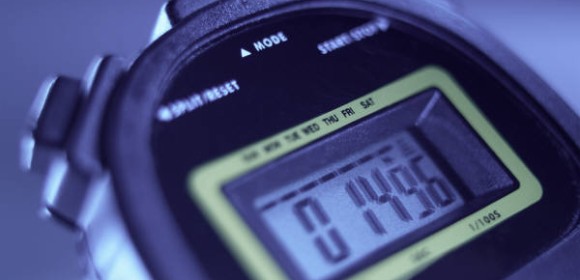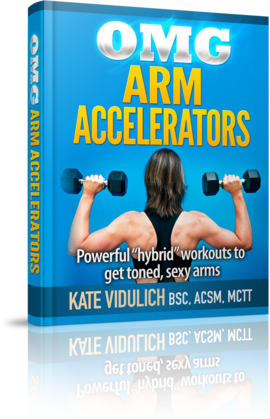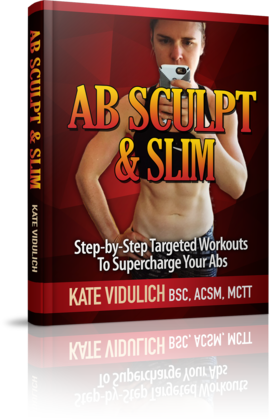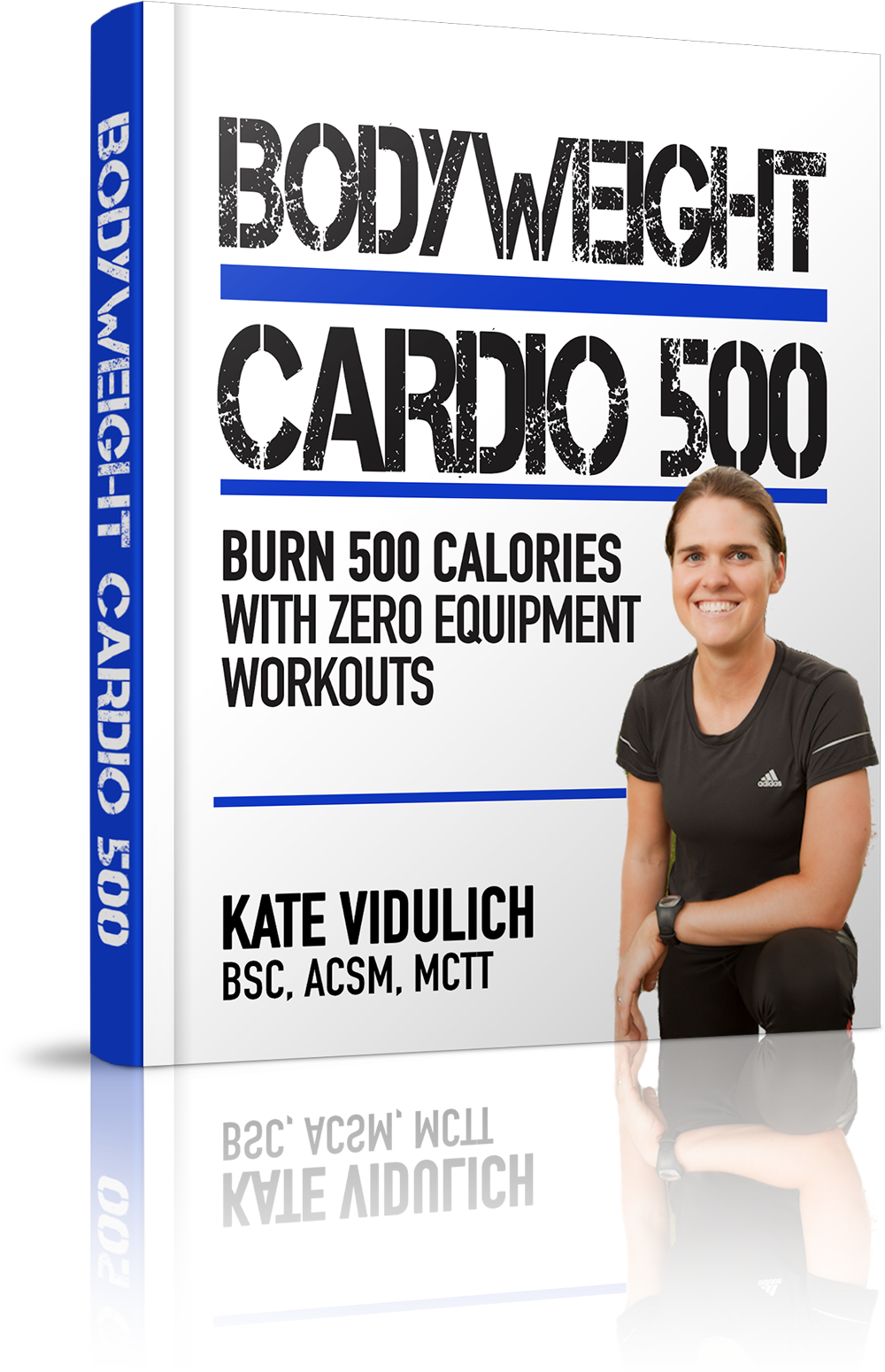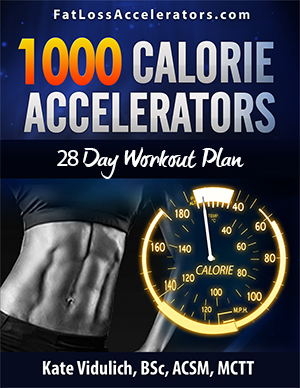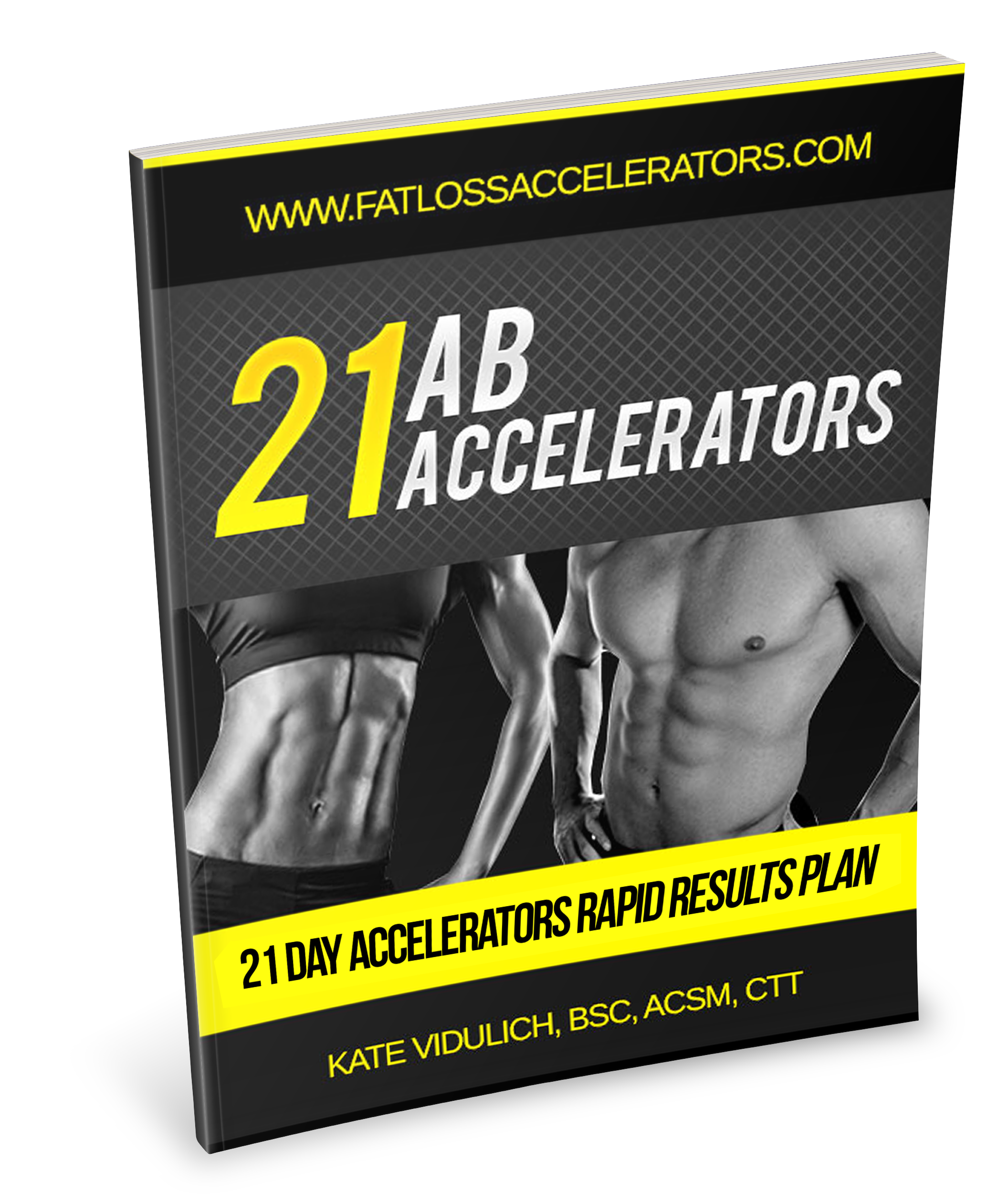You know interval training is the fast track to fat loss by now, unless you live under a rock.
However, despite your best efforts, it’s just not working for you. That stubborn belly fat just won’t budge.
What the hell is going on?
Today you get the real truth about your intervals and why you’re not getting results.
Ok let’s get into it. Here are three big reasons why your interval training is not working:
1. You’re NOT doing interval training
The work period of intervals requires you to give it everything you’ve got. All in. No holding back. That’s why you get a rest period. To recover. So slow down.
If you don’t give it your best shot, really there’s no reason to take a rest break.
Rate your intensity on a scale of one to ten. 1 = sleepwalking, 10 = verging on death. You want to shoot for an 8-9 in your intervals. I don’t like when people throw up either… ewwww!
You need to find your gears. How can you do this?
Well, compare it to a driving a car. Let’s say you have a 4 speed manual car. You have to work your way through the gear box to speed up. You can’t simply drop it straight into 4th gear with a cold engine and expect high quality performance.
Of course, you need to warm it up first.
Think of your different speeds like this:
1st gear = Slow cardio
2nd gear = Moderate pace
3rd gear = Lactate threshold
4th gear = Sprint
Intervals are not easy. It’s called high intensity for a reason. You will be in discomfort and your heart will be pounding out of your chest. And yes, you will be in pain, so don’t be surprised and freak out.
Extending the interval or maintaining your speed during a rest period does not make you a hero. In fact, it will negatively impact on your next work period and make the whole session more aerobic. Sounds like another version of slow cardio, right? We’re trying to avoid that at all costs folks.
One more thing, if you can talk on the phone, email or check Facebook at the same time, you’re not doing real interval training.
2. Strange Pain
Now you’re hurting, but not the “good” kind of pain.
Every time you try to do intervals on the treadmill, your knee/hip/back aches. Something is not right. You can’t perform at your best, and it’s frustrating and weird.
When you do the same repetitive movements, as you do with traditional interval training, this can cause overuse problems.
Spinning class is a classic example. Sure, it can replace your interval training but if you spin three times a week for 40 minutes each, you’ll end up doing 40000 gazillion repetitions of the same movement.
If you have anything wrong with you biomechanically, doing the same repetitive movements will magnify the issue and create an injury hot spot.
You’ll continually wear down the connective tissue around your joints until…
Bamn. Overuse injury.
It may take 3 weeks. Or it could be 10 years. But it will happen.
3. Your Interval workouts are too long
Your intervals are taking up half your day. OK maybe not that long. But really, you’re overdoing it.
How long should your interval training take?
20 minutes tops!
You may be wondering why so short? Isn’t it better to do more if you have the time?
No. Trust me, if you’re doing intervals with the right intensity, those 20 minutes will seem like hours of exercise. Going overboard with the quantity will negatively impact on your recovery, without any additional fat loss benefits.
Wouldn’t you prefer to do the minimum dose of exercise necessary if it elicits the same results?
Ah hello, of course!
Let’s get a little more specific. How many intervals should you do in that time?
Aim for 6-10 work intervals, depending on your fitness level. There is no best interval training method, so a variety of work to rest periods and using different modes is an awesome way to avoid plateaus, and keep your body and mind fresh.
Just because people spin for 40 minutes, doesn’t mean you need to. Also, doing 50 minutes of intense interval training with a follow along DVD won’t do it for you either.
Play it smart.
Remember, your recovery starts the moment your workout ends.
You want your hormones working in your favor, to help you accelerate fat burning even when at rest. Growth hormone and testosterone response to anaerobic exercise (when oxygen is not present) peaks at 30 minutes, before it diminishes. Maximize it!
Again, increasing the length of your interval workout tends to lower the intensity and promote dominance of the aerobic energy system.
The solution?
Changing your exercises, sets, reps and methods on a regular basis.
How can you do that?
Fat Loss Accelerators, of course.
Instead of only training your legs and lungs with traditional intervals, hit your entire body in a short, intense session. Avoid overuse injuries and workout boredom forever.
Make sure you set up your accelerator program as you would your strength training, and watch your progress.
Progress = Awesome
Go hard today and make your workout count!
KV






